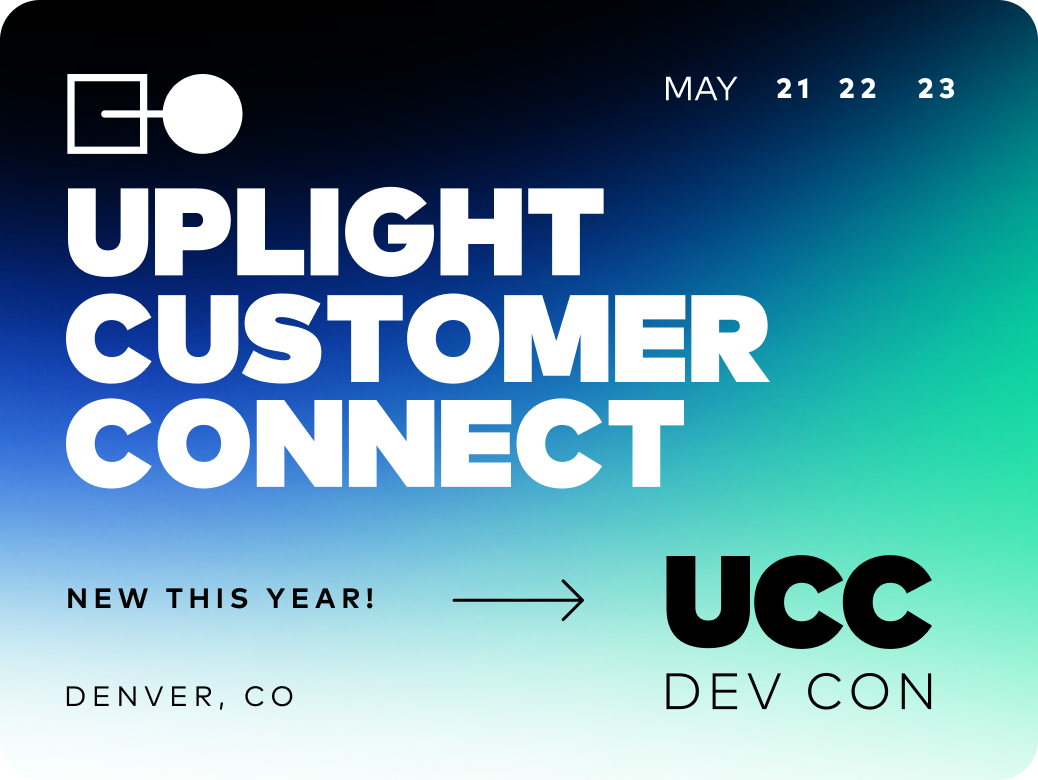The availability of customer energy data is higher than ever before, but utilities are struggling to access and utilize it. Even when consolidated, the data might not be easily shareable among internal and external stakeholders, or be in formats that support a range of applications. This results in one-off, closed solutions that lack scalability and interoperability, fragmented and inconsistent customer experiences, and lost opportunities to personally engage customers in achieving key outcomes like meeting electrification and decarbonization goals, reducing cost to serve, and increasing load flexibility.
Some utilities have taken steps to resolve these customer data challenges with off-the-shelf data lake solutions, or even tailor-made databases with accompanying, custom-built APIs. These solutions meet utility needs up to a point, but often fall short. For example, mass-market data lakes are not purpose-built for energy data, and often include insufficient or nonexistent options to easily share or present the data in customer-facing experiences. Homegrown databases can tie up already-constrained IT resources for extended periods of time, or lack ongoing tech support. Most importantly, neither of these attempted remedies are truly open data platforms built for incremental integrations, feedback loops, and extensibility.
Unifying, standardizing, and packaging data internal to the utility is also just the beginning, as new players in the energy ecosystem are proliferating and offering solutions directly to customers. Utility IT teams are getting flooded with requests to integrate with new software partners to improve customer-facing offerings, or to access new data or capabilities at the grid edge. These new integrations not only add complexity to existing data issues, but also further strain an IT department with ongoing infrastructure efforts and data retrieval requests to complete.
To create hyper-personalized, low-friction and connected customer experiences across touchpoints, utilities need data solutions that can not only centralize and organize myriad forms and sources of data once, but also do so over and over again. The data must also be obtainable in a variety of ways to support use cases from end-user presentment and new application development to data science modeling. Simply putting all the data in one place without designing for how that data will be used is a solution in vain, and keeps utilities in reaction mode.
What if there was a data platform built especially for customer energy data by a combination of energy industry veterans and software developers dedicated to empowering customer-driven decarbonization? And, what if that data platform also supported functionality critical to actually enabling that demand-side decarbonization such as out-of-the-box integrations with energy ecosystem partners, enrollment journeys for programs like time-of-use (TOU) rates, and continuous demand management of third-party devices like electric vehicles? This data platform, which underpins a grid edge operating system focused solely on simplifying the customer energy experience, is Uplight’s vision, and we’re well on the way to achieving it.
With a micro-services based, API-driven platform that not only powers Uplight SaaS offerings, but also external applications, Uplight’s Connect Platform is the open, flexible, and interoperable solution that unlocks the usability of customer energy data for personalization, innovation and value-creation across the entire energy ecosystem. If you’re a utility struggling with siloed, inaccessible data, let’s chat. Data lakes and other in-house systems can be a bridge to the future you envision, but they’re not necessarily the final destination.





